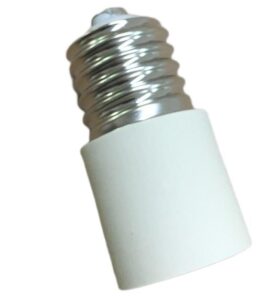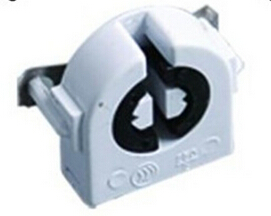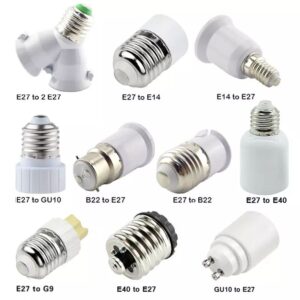If you’ve ever dabbled in lighting or perhaps done some DIY home renovations, you might have stumbled upon the term “junction box.” For many, it remains a mystery. What exactly is it, and why is it important? When we discuss pendant lights, one can’t help but highlight the significance of its components, junction box being one of them.
The junction box, in simplest terms, is a protective box where electrical connections are made. It ensures that wires are organized, safe, and concealed, thereby upholding the aesthetics of your home and avoiding any potential electrical hazards. Wondering how it ties in with pendant lights? Stay with me, and I’ll break it down.
Why are junction boxes essential?
When setting up any electrical fixture, safety is paramount. The main purpose of a junction box is to provide a secure area where electrical wires can connect and be protected. Not only does it safeguard the connections from external factors like moisture and debris, but it also prevents accidental touches or disturbances which can be potentially harmful. For companies like ours, James Lighting, where the emphasis is on delivering high-quality lighting solutions, ensuring that fixtures have suitable junction boxes is a non-negotiable standard.

How do pendant lights use junction boxes?
While pendant lights hang elegantly from the ceiling, they require solid support and safe electrical connections. Enter the junction box. The box is typically fixed to the ceiling, providing a base for the pendant light. Wires from the light fixture connect to the house’s electrical system within this box. Essentially, it’s the unsung hero that holds and powers your pendant light, making sure everything is seamless and hazard-free.
Are there different types of junction boxes?
Absolutely! Depending on the specific requirements of the electrical fixture or the pendant light, junction boxes can vary in size, material, and design. For example, some might be round, while others are rectangular. Their capacity to hold wires also differs, ensuring they cater to the unique demands of each lighting scenario. As professionals in the lighting industry, we at James Lighting always prioritize matching the right junction box with the right fixture.

Why the material of the junction box matters?
The choice of material for a junction box isn’t arbitrary. It plays a critical role in its durability and safety. Most junction boxes are made of metal, plastic, or a combination of both. Metal boxes are durable and offer excellent grounding capabilities. Plastic ones, on the other hand, are non-conductive and are often easier to install. At James Lighting, our expertise in lamp holders ensures we recommend the most suitable material based on the light source and fixture’s requirements.
Installation: Can I set up a junction box myself?
While the idea of DIY installations can be tempting, when it comes to electrical components like junction boxes, it’s a tad bit trickier. You might have the skills, but if you’re not familiar with the nuances of electrical safety, it’s always advisable to get a professional on board. Remember, a tiny oversight can lead to electrical hazards. At James Lighting, while our products are user-friendly, we always emphasize the importance of professional installations.

Maintenance: How often should I check my junction box?
Like any other electrical component, periodic checks and maintenance of your junction box are crucial. While they are designed for durability, ensuring the connections remain tight and the box is free from any potential hazards is vital. A quick inspection every few months or at least once a year can ensure longevity and safety. If you ever notice any unusual signs, reach out to professionals for guidance.
Conclusion
Understanding the role and importance of a junction box in pendant lights isn’t just about satiating curiosity. It’s about ensuring the safety, aesthetics, and functionality of your lighting fixtures. As leaders in the lighting industry like James Lighting would attest, these small components play a monumental role in lighting up spaces safely and stylishly. Make informed choices and never underestimate the power of knowledge when it comes to lighting.













